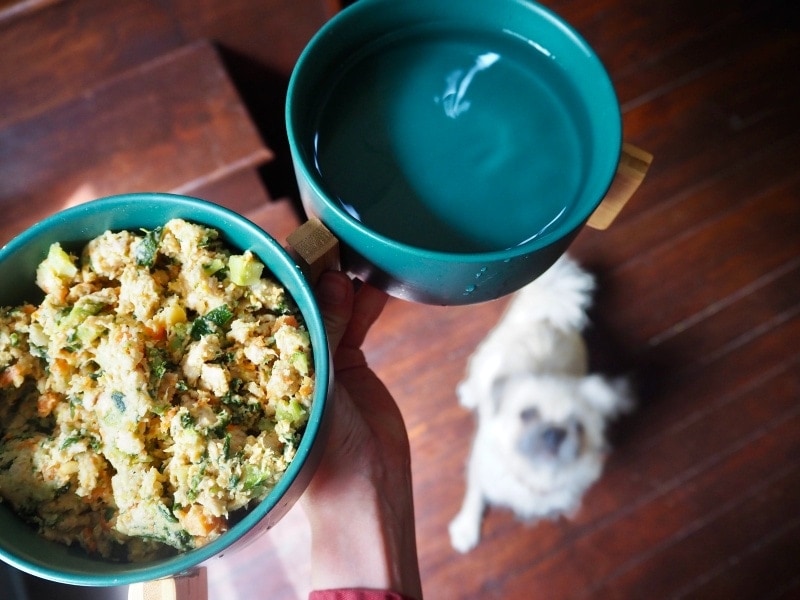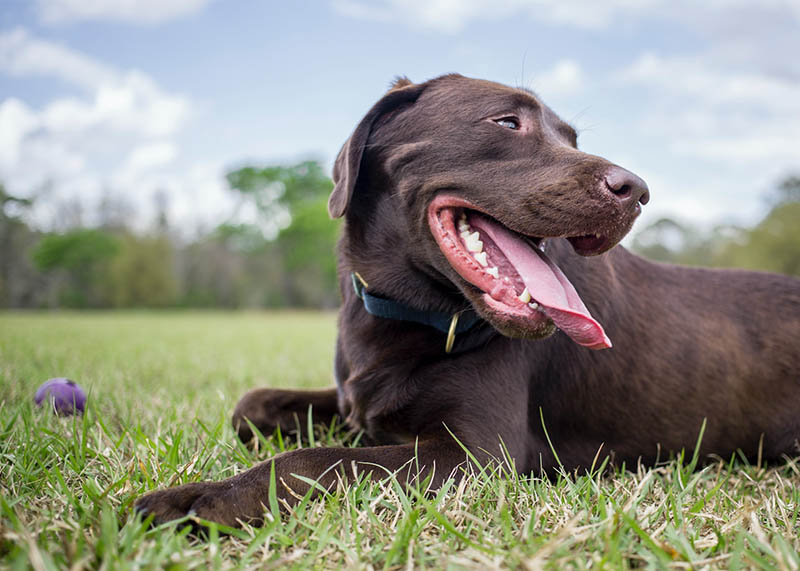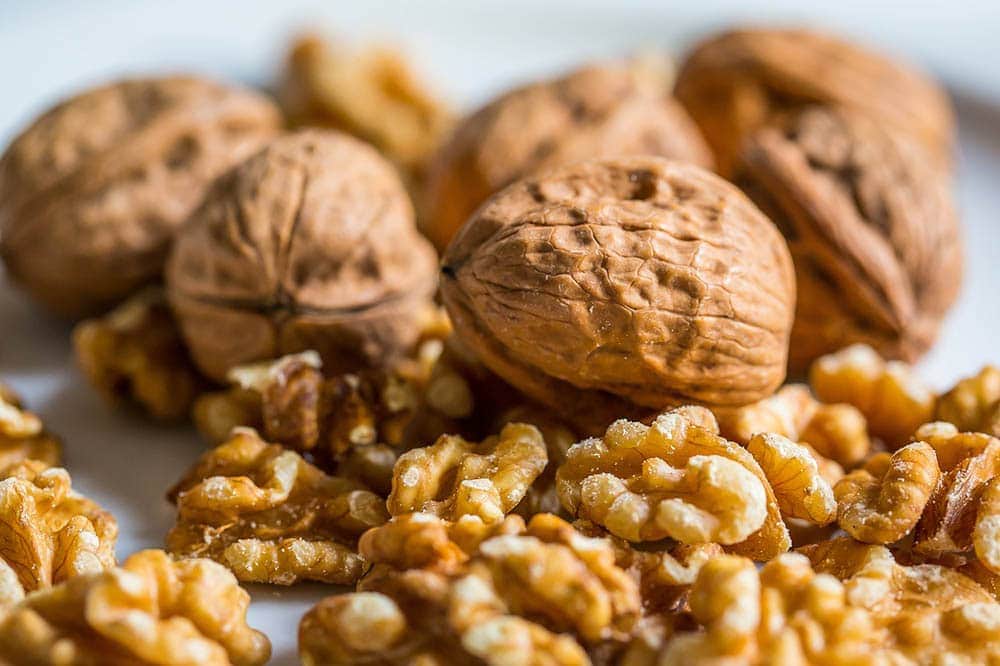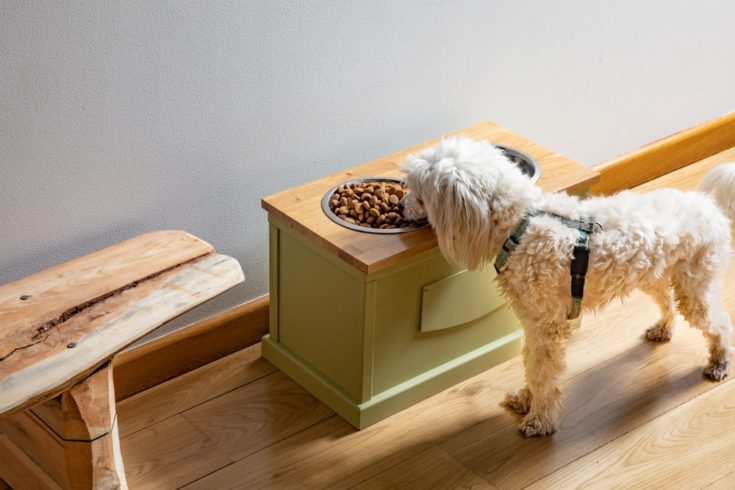Why Does My Dog Bark at His Food? 6 Vet-Reviewed Reasons & Solutions

Updated on

Barking at food can be baffling. After all, we know that food isn’t harmful to our dogs, and most of the time, they know it too. It can also be frustrating to train your dog to stop the behavior. Before jumping straight into a training approach, it’s important to take some time and figure out what’s causing the barking. Different reasons require different solutions. Here are six common causes of barking with tips on how to stop it.
The 6 Reasons Why a Dog Barks at Their Food
1. Excitement
The most common reason for dogs to bark at their food is that they are just so excited that they can’t contain it. Happy barking can be annoying for us humans, but they just want to communicate with you! Other signs that your dog is excited and not stressed are jumping around, wagging tails, and generally open body language.
Tips for Training
Luckily, it’s possible to train excited barking out of your feeding routine. With happy and excited dogs, the best way to train them is to wait to fill their bowl until they are calm. You can also pick up the bowl while they are barking. When they calm down, praise them and give them the food bowl. You can also train them using commands like “speak” and “quiet” to help control barking more generally.
2. Anxiety or Fear of the Bowl
Dogs don’t always understand things the way that humans do, and normal experiences for us can be baffling and scary for them. For some dogs, something as simple as a food bowl can make them afraid. The most common reason for this fear is unexpected reflections from a shiny bowl, but dogs can also have other aversions. If this is the case, your dog probably avoids thier bowl and reacts to it, whether full or empty.
Tips for Training
If your dog’s food bowl is the problem, consider switching it out. Using a plastic or ceramic bowl instead of a metal bowl can reduce glare and make it easier for your dog to eat. If your dog is scared by the noise of their collar tag hitting the bowl, consider removing your dog’s collar at mealtimes.
You can also desensitize your dog to the bowl through training. Reward your dog for being calm near the scary bowl and gradually approximate it. Consider placing food on a plate or newspaper next to the bowl for a little while until the bowl no longer fazes them.
3. Pain
If your dog begins growling or barking while eating when they’ve never done that before, there’s a chance that they might be in pain. Dental disease is a common source of pain while eating, but other problems, such as joint pain, can also cause trouble for hungry dogs. Not only is your dog in pain but they are also confused because they’re hungry and eating is uncomfortable. They might look to you to fix the pain or try to hide it.
Tips for Training
If your dog is in pain, training won’t be a productive way to help them. Instead, soothe and comfort your dog through eating. Vet advice can help you find the source of the pain and the best treatment methods, but as your dog ages, some pain is unavoidable. Switching to wet pate-style food can help some pain like dental pain.

4. Resource Guarding
Does your dog hunch over their food, growling and looking around suspiciously? Do they bark at anyone who comes close to them? If so, they might be resource guarding. Dogs who resource guard often fear that others are coming to steal their food. They might struggle to share with other pets or become suspicious of humans.
Tips for Training
If your dog is a resource guarder, punishing them will only worsen their anxiety around food. Instead, positive reinforcement can help them associate people with food. Give your dog lots of praise and positive reinforcement, including occasional treats when appropriate, so that they learn to trust you. When feeding, some owners have found that giving your dog their meal a handful at a time can help teach that humans are the source of food and not a threat to it. If your dog’s behavior doesn’t improve or you worry that your dog will become aggressive, professional training can help.
5. Distaste for Food or Routine Changes
If you’ve just changed food brands or started feeding your dog at a different time of day, your dog might bark to show that they’re unhappy with the new offering. They might even be confused about what’s in their bowl.
Tips for Training
Sometimes routine changes are inevitable. Maybe your dog’s favorite food isn’t available or isn’t meeting their health needs. Whenever possible, transition slowly from old food to new food. Start by feeding your dog at least 75% old food to 25% new food, and then change the amounts after a few days or weeks. Also, consider trying a different brand to see if your dog will react better to some foods than others.
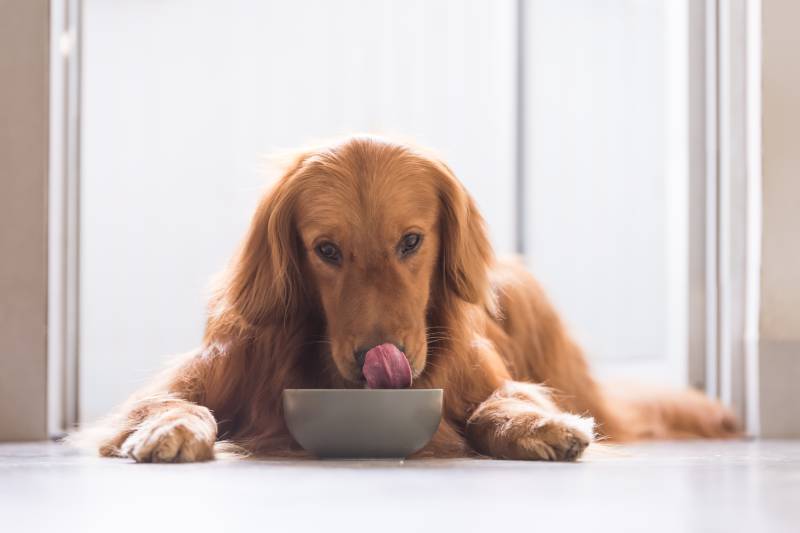
6. Portion Anxiety
Like humans, dogs can become accustomed to eating whatever is on their plate, whether they are hungry or not. If they have meals that are too large or too small for them—or if they are always starving by meal time and then eating too much at once—they can start to experience anxiety around food. Changes in portion sizes can also cause anxiety.
Tips for Training
If portion anxiety is the cause of your dog’s barking, training out the behavior is unlikely to be productive. Instead, work to meet your dog’s needs. Consider splitting your dog’s food into two meals, with one in the morning and one in the evening. If your dog eats quickly and then acts unsatisfied, consider using a puzzle box to help them eat more slowly. Work with a vet to make sure your dog’s nutritional needs are getting met. If your dog’s unhappiness comes from a new diet, it may just take a few weeks for your dog to adjust to the new meals.
- Optimize the benefits of your dog’s diet with our calorie calculator here.
Conclusion
If your dog is barking during mealtimes, there isn’t a one-size-fits-all answer. As you can tell, sometimes a helpful approach in one case might be harmful in another. That’s why it’s so important to figure out the reasons behind your dog’s behavior before you start trying to change it. In most cases, barking while eating is a fixable behavior.
See also:
Featured Image Credit: zEdward_Indy, Shutterstock


